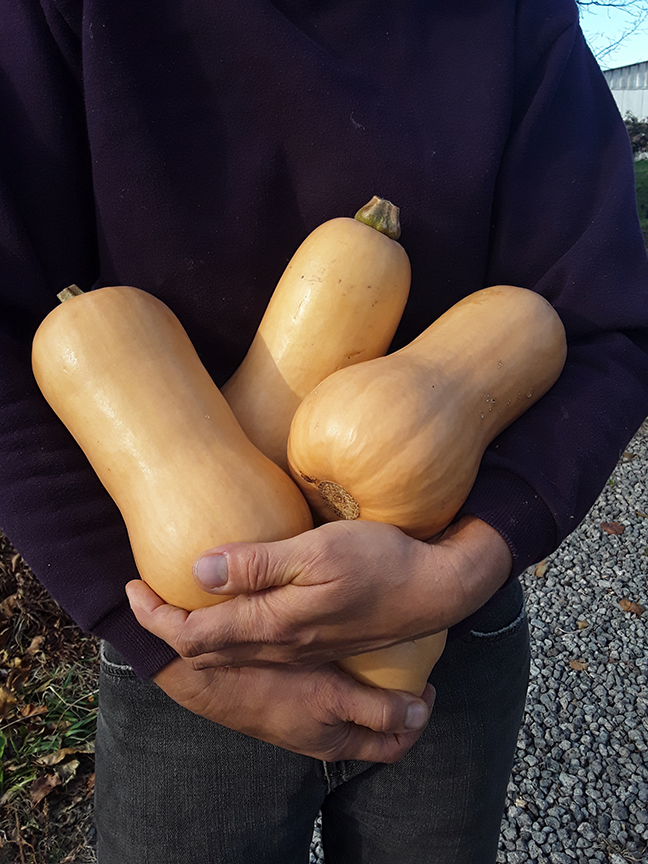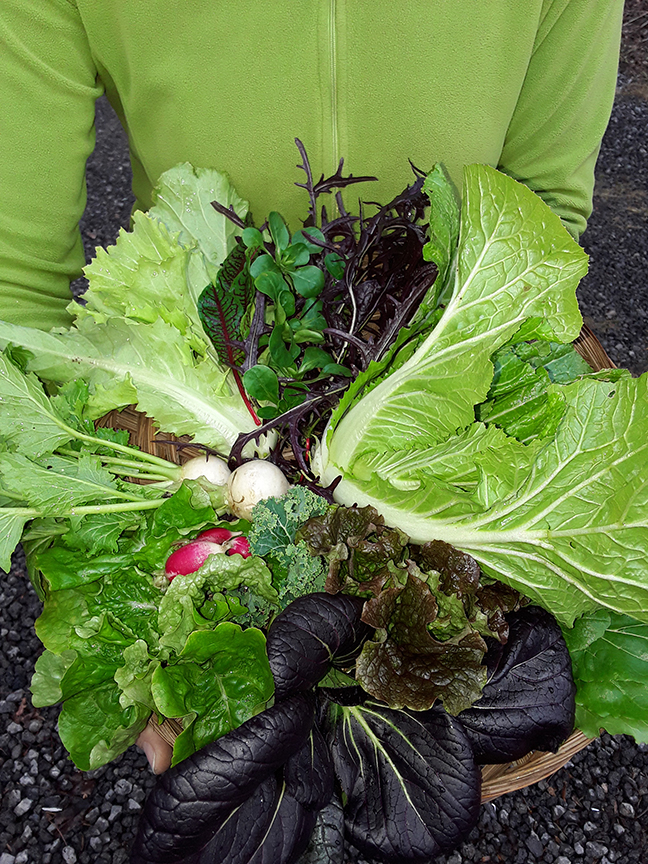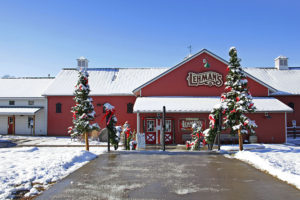
In the spirit of the first Thanksgiving, this is an ideal season to celebrate using the best of local bounty for your big meal. Food coming out of jars and cans from the store shelves simply weren’t options when that inaugural three day feast happened in 1621. Everything was by default hyper local. Foods were hunted, foraged or harvested by hand and every delicious dish was made from scratch and eaten with thankful hearts. Sure sounds like a celebration worth repeating in our day of fast food and grumbling.
Centuries later, many of us can still make this food-centric holiday very local and homemade, but it takes some intentional planning. For some, that means growing many things in their backyard while for others seeking out ingredients from local farms and farmers markets is the plan of action. It will cost a little extra for fresh, carefully raised foods and you should budget additional time for preparing ingredients that are in their original form, not from a can.
I am not in charge of every aspect of our extended family Thanksgiving meal, but I make sure the items I contribute are homegrown or purchased from farmers I know. In our area, there are several small farms raising turkeys including our friends at Landwell Farm, who have beautiful heritage turkeys ready this month. Our family raises pastured chickens, so we save a large 8-lb one to fill in as our “turkey.” This bird gets special extra special treatment with a dry salt brine and then baked with an orange glaze to perfection. One of my specialties is providing fresh greens for our Thanksgiving meal salads. This time of year, the lettuce, spinach, Chinese cabbage, arugula, mizuna and other greens are protected in the high tunnel and the frost has given them a sweet crisp taste. I usually add sprouts such as broccoli to the mix and shred carrots and turnips for additional color. Some years, there have even been a few lingering edible flowers like calendula and nasturtiums to make things even more festive. For this meal (and anytime our family attends a potluck meal), I always take a small bowl of sauerkraut or other fermented food to help with digestion. It is something I want our family to have, and these are good opportunities to gently introduce others to fermented foods.

More local foods that are perfect for a Thanksgiving feast include Yukon gold potatoes grown by an Amish neighbor for the most beautiful mashed potatoes. I like to purchase artisan sourdough bread made with local grains, and this is the only time of year that I take the time to use my butter mold to make “pretty butter” for our meal. My brother-in-law typically contributes a delightful butternut squash dish where they are roasted in cubes and drizzled with a cream and herb sauce. By the way, butternut squash is the base for any pumpkin pie or custard at our house. We definitely prefer the color and texture of the squash over the traditional pumpkin. Another pie that we traditionally serve at our family meal is ground cherry pie. This was a specialty dish made by my late mother-in-law, and we make one every year in her memory. If you’ve never had ground cherry pie, you need to grow some and give it a try!
As you gather around the table, don’t forget to give thanks to the farmers who raised the food and to be grateful for the people sitting around the table. Life is too short to overlook thankfulness.
How will you be intentional about making your meal local and meaningful?
*****
 Karen Geiser is a regular demonstrator and homesteading class teacher at Lehman’s.
Karen Geiser is a regular demonstrator and homesteading class teacher at Lehman’s.



























